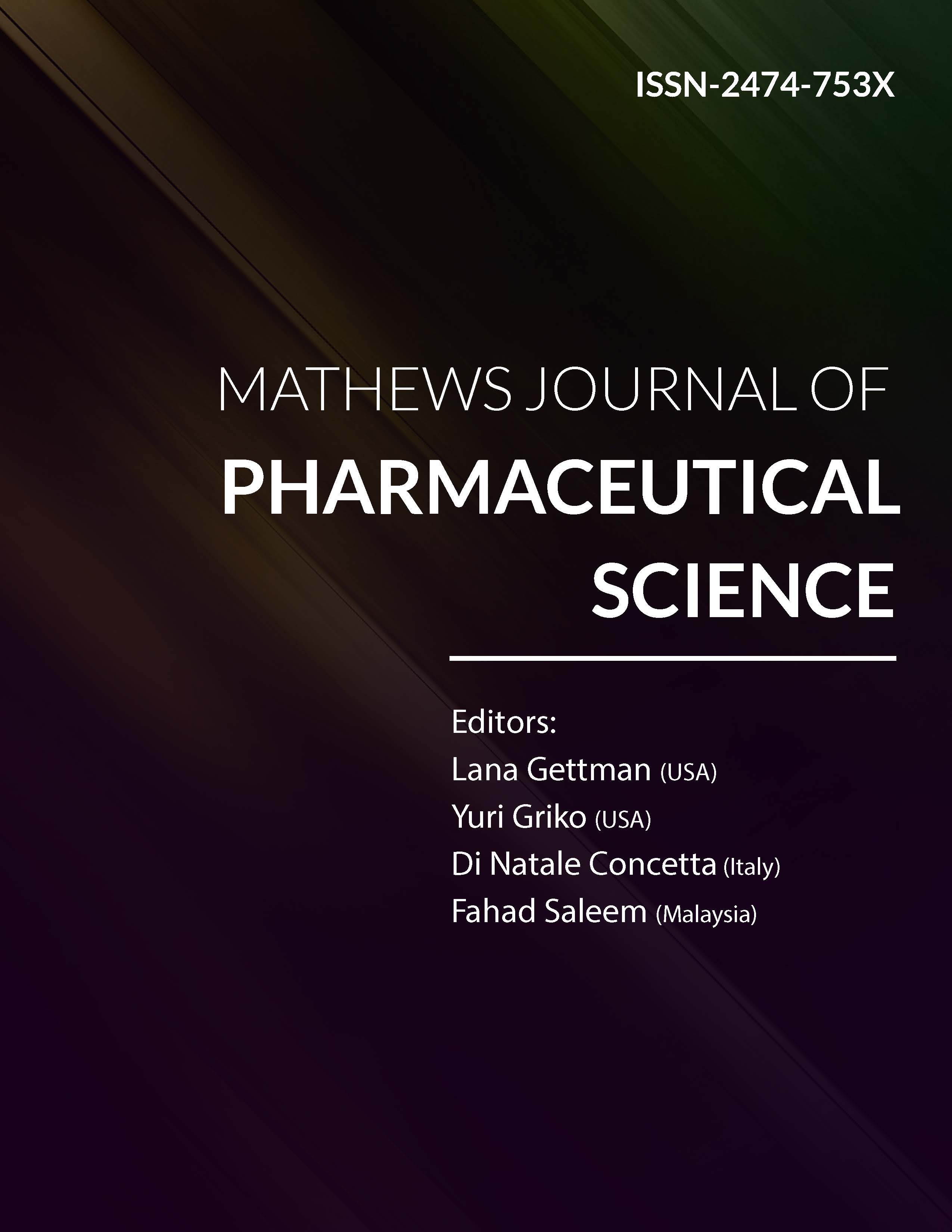
Information Links
Previous Issues Volume 2, Issue 1 - 2017
Calorimetric Evaluation of Amoxicillin Stability in Aqueous Solutions
Ervin Palma1 , Lonny Ellison2 , Elias Meza2 , Yuri Griko3
1Evergreen Valley College, San Jose, CA 95135, USA.
2 Carnegie Mellon University Silicon Valley, Moffett Field CA 94035, USA.
3 National Aeronautics and Space Administration, Ames Research Center, Moffett Field, CA 94035 USA.
Corresponding Author: Yuri Griko, Space Biosciences Division, NASA Ames Research Center MS 261-3, Moffett Field, CA 94035, USA.
Tel: 650-604-0519; E-Mail: [email protected]
Received Date: 03 Jun 2016
Accepted Date: 21 Jun 2016
Published Date: 11 Aug 2016
Copyright © 2016 Griko Y
Citation: Palma E, Ellison L, Meza E and Griko Y. (2016). Calorimetric Evaluation of Amoxicillin Stability in Aqueous Solutions. Mathews J Pharm Sci. 2(1): 008.
ABSTRACT:
The thermal properties of amoxicillin suspension in aqueous solutions were analyzed by differential scanning calorimetry under various solvent conditions to identify changes in thermodynamic parameters closely related to drug absorption and pharmacokinetic behavior.
Analysis of thermal profiles of amoxicillin in solid form and in aqueous suspension showed several phase transitions, not reported previously, which correspond to different transformations in drug integrity induced by temperature. The low temperature endothermic transition in temperature range 20-50°C is described as associated with decomposition of crystal-like structure of amoxicillin in liquid suspension, which cooperatively dissembles with increase of temperature. The low temperature endothermic transition is following exothermic transition in temperature range 60-125°C with a pH dependent temperature maximum occurring in 80-114°C range. While the maximum temperature for the endothermic transition is practically independent of the solution pH, the exothermic transition displays strong pH dependence, decreasing its Tmax as the pH of solution decreased from pH 7 to pH 2.0. During heating of the amoxicillin suspension the exothermic transition demonstrates a complex character with several maximums occurring on the calorimetric thermogram. The physical and chemical changes in the amoxicillin are associated with the degradation of amoxicillin, as evident by the yellowing of the solution as it is heated.
The temperature induced changes observed for the amoxicillin aqueous suspension contrast those reported for the solid form of amoxicillin where only endothermic thermal transition in temperature range 55-125°C are observed. The latter is associated with dehydration loss crystallinity of the solid form. Based on comprehensive calorimetric analysis, this manuscript describes the thermal properties as well as transformations between the different states of amoxicillin during heating.
KEYWORDS:
Amoxicillin; Stability; Thermal Transitions.
ABBREVIATIONS:
DSC - Differential Scanning Calorimeter; UV - Ultra Violet; Na-P - Sodium Phosphate; Na-Ac - Sodium Acetate; Gly-HCl - Glycine Hydrochloride; Tmax - Temperature of Peak Maximum; ΔH - Enthalpy Change; pH - pH of a solution, the molar concentration of hydrogen ions; I - Ionic Strength of a Solution; M&M - Materials and Methods.